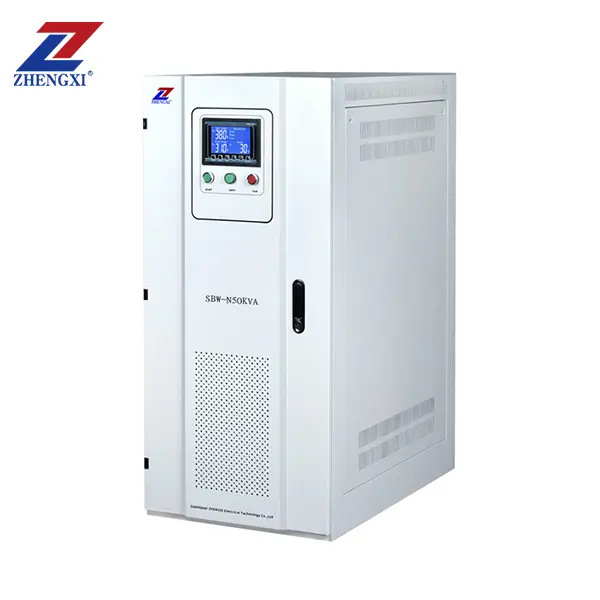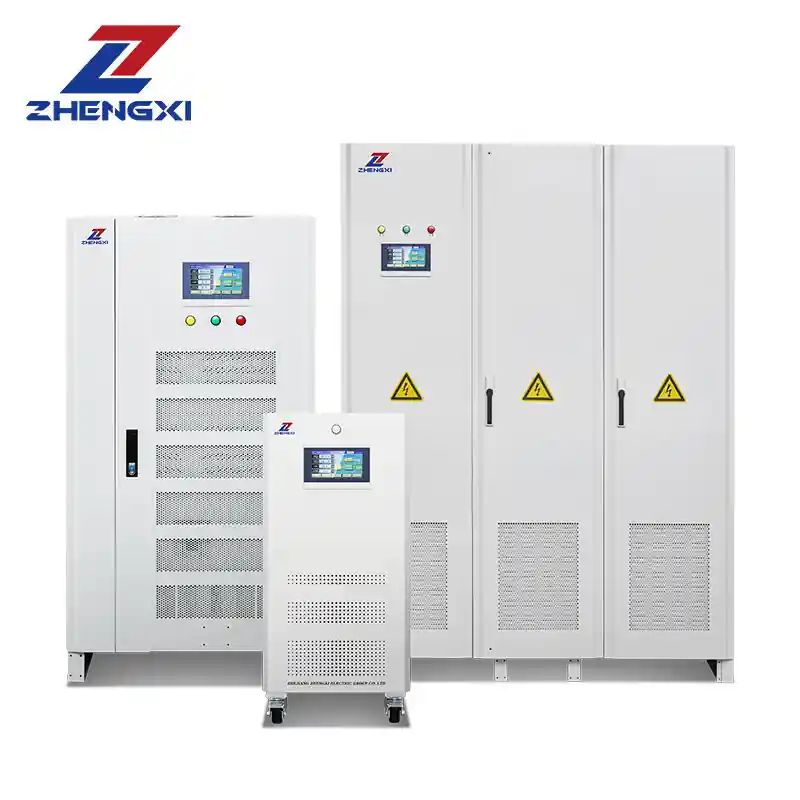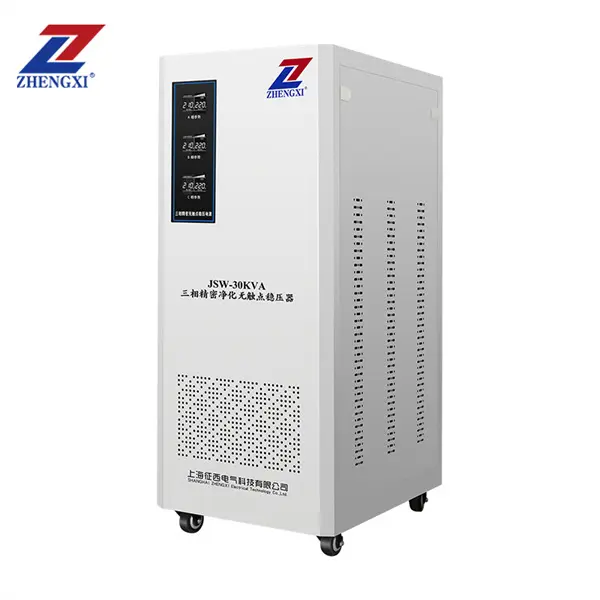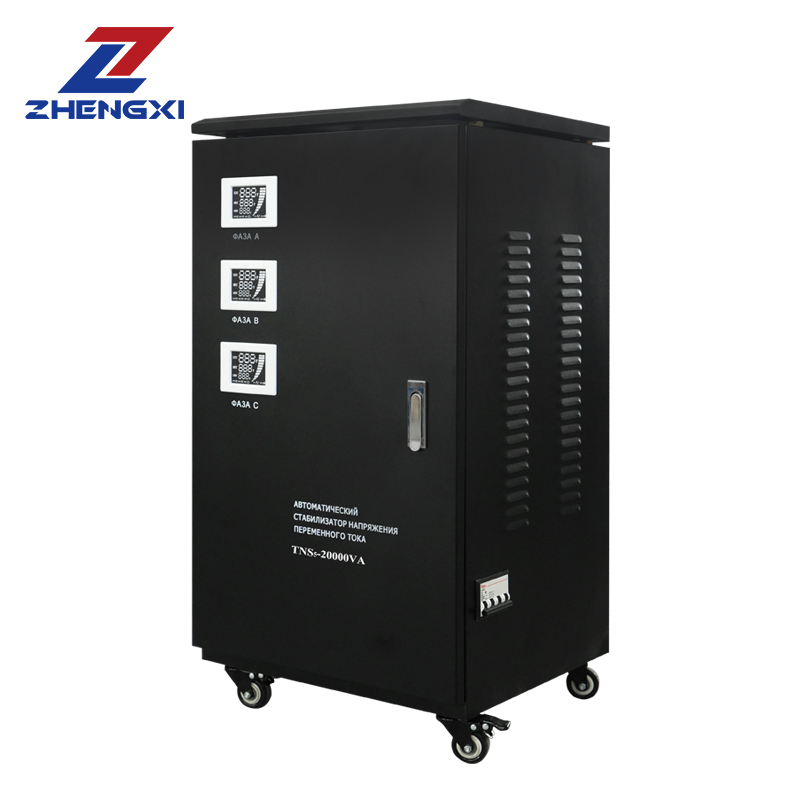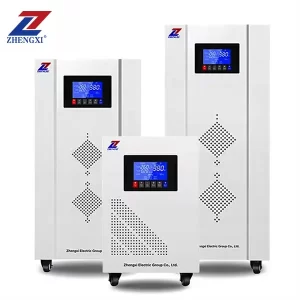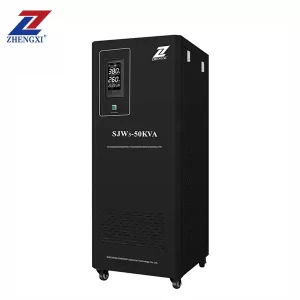In industrial settings where power quality is non‑negotiable, choosing the right 3 Phase Voltage Stabilizer is crucial to prevent equipment damage and downtime. Understanding the 100 Kva Servo Stabilizer Price helps you balance budget and performance, ensuring your large‑scale operations—from CNC machining to data centers—enjoy stable, regulated power without breaking the bank. In this guide, we’ll break down cost drivers, essential features, and expert tips so you can make an informed decision on your next stabilizer investment.
What Is a 100 kVA Servo Voltage Stabilizer?
A 100 kVA servo voltage stabilizer is an automatic voltage regulation device designed to maintain a constant output voltage regardless of input fluctuations. It uses a servo motor mechanism to correct voltage variations with high precision, making it ideal for industries with sensitive and high-load electrical equipment.
100 kVA Servo Stabilizer Price Range
The price of a 100 kVA servo stabilizer typically ranges from ₹1,00,000 to ₹5,00,000 (approximately $1,200 to $6,000) depending on various factors such as:
| Factor | Impact on Price |
|---|---|
| Core Material | Copper-wound stabilizers are costlier but more efficient than aluminum-wound types. |
| Phase Type | Three-phase models are generally more expensive than single-phase. |
| Input Voltage Range | Wider input range (e.g., 260V–480V) increases cost due to more complex internal components. |
| Brand & Certification | Reputable brands with CE, ISO9001, and IEC certifications command higher prices. |
| Customization & Smart Features | Add-ons like digital displays, auto-bypass, surge protection, and remote monitoring will increase the price. |
Key Features to Look For in a 100 kVA Servo Stabilizer
When comparing models, don’t just focus on price—consider these critical features that directly impact performance and reliability:
- Servo Motor Control System: Ensures precise voltage correction.
- High Efficiency (≥98%): Reduces energy losses and operating costs.
- Copper Winding: Offers better conductivity, durability, and lower heat loss.
- Digital Display Panel: For real-time voltage monitoring and alerts.
- Built-in Protections: Overload, overvoltage, short circuit, and phase failure protection.
- Auto-Bypass Function: Keeps operations running during stabilizer maintenance or failure.
- Cooling Mechanism: Air-cooled or oil-cooled depending on the operating environment.
Typical Wiring & Installation Instructions
⚠️ Note: Installation should be done by a certified electrician or technician.
- Input Connection: Connect the stabilizer input terminals to the main power supply.
- Output Connection: Link the output terminals to the equipment load panel.
- Grounding: Ensure proper earthing for safety and noise reduction.
- Breaker Integration: Use an input MCB/MCCB to avoid overcurrent damage.
- Startup: Turn on input breaker, wait for servo alignment, then switch on output breaker.
Copper vs. Aluminum Stabilizer Comparison
| Feature | Copper Winding | Aluminum Winding |
|---|---|---|
| Efficiency | High (≥98%) | Moderate |
| Heat Dissipation | Better | Average |
| Longevity | 10+ years | 5–7 years |
| Cost | Higher | Lower |
| Best For | Critical industrial loads | Budget or light-duty use |
Common Applications of 100 kVA Servo Stabilizers
These stabilizers are widely used in:
- CNC & Textile Workshops: Protects precision machines from voltage drops.
- Medical Labs & Hospitals: Safeguards MRI, CT scan, and dialysis machines.
- Plastic Molding Plants: Ensures stable production cycles.
- IT Data Centers: Keeps servers and routers running without power interruptions.
- Printing & Packaging Units: Prevents color misalignment and paper jams.
Regional Price Variations
- India: ₹1,00,000 – ₹3,50,000 depending on brand and specs.
- USA: $2,000 – $5,000 for UL-compliant models.
- Middle East/Africa: Import costs and certifications can raise prices by 20–30%.
- China: Factory-direct price can start as low as $1,200 for base models, excluding shipping.
💡 Tip: If you’re buying in bulk or for OEM purposes, consider partnering with Chinese manufacturers like ZHENGXI for custom-built, certified stabilizers at competitive rates.
FAQ
Q1: What’s the price difference between air-cooled and oil-cooled models?
- Oil-cooled units are usually 15–25% more expensive but offer better thermal management.
Q2: How much maintenance does it require?
- Minimal. Annual inspection and cleaning are usually enough. Brush replacement in servo motors may be needed after several years.
Q3: Can I use a 100 kVA stabilizer for solar systems?
- Yes, but make sure the input range supports solar inverter output characteristics and voltage variation profiles.
Final Thoughts: Is a 100 kVA Stabilizer Worth the Investment?
A 100 kVA servo stabilizer is not just a piece of equipment—it’s a long-term safeguard for your business continuity. Whether you’re running a production line, hospital lab, or IT hub, voltage instability can cost far more than the price of a stabilizer.
While prices vary, don’t let cost alone drive your decision. Prioritize copper windings, wide input range, and reliable brand certifications. Spending a bit more upfront can save you millions in potential equipment damage, downtime, and lost productivity.
📞 Ready to Buy a 100 kVA Servo Stabilizer?
Looking for factory-direct prices and OEM customization options? Contact ZHENGXI Electric for certified, high-efficiency stabilizers that meet your exact voltage and load needs.

